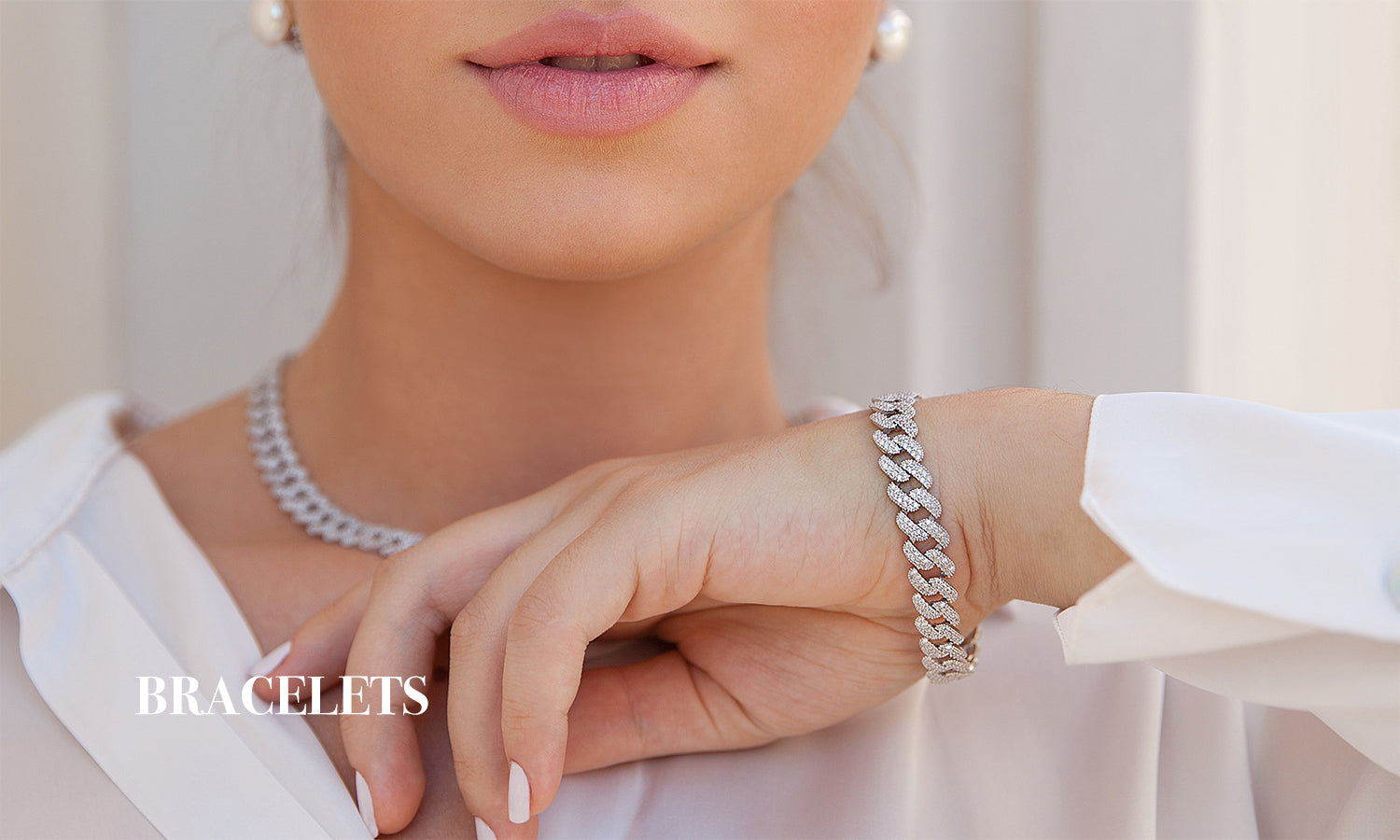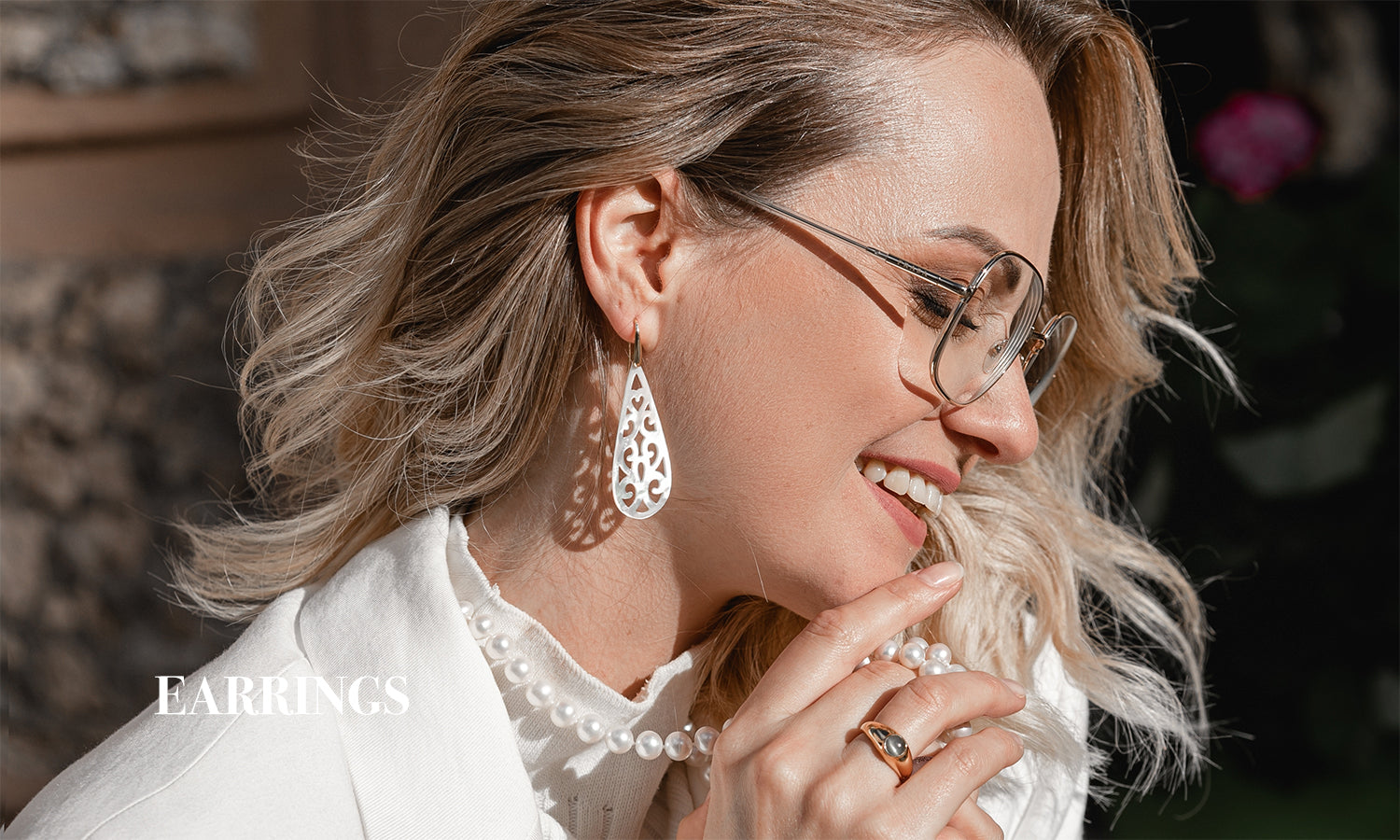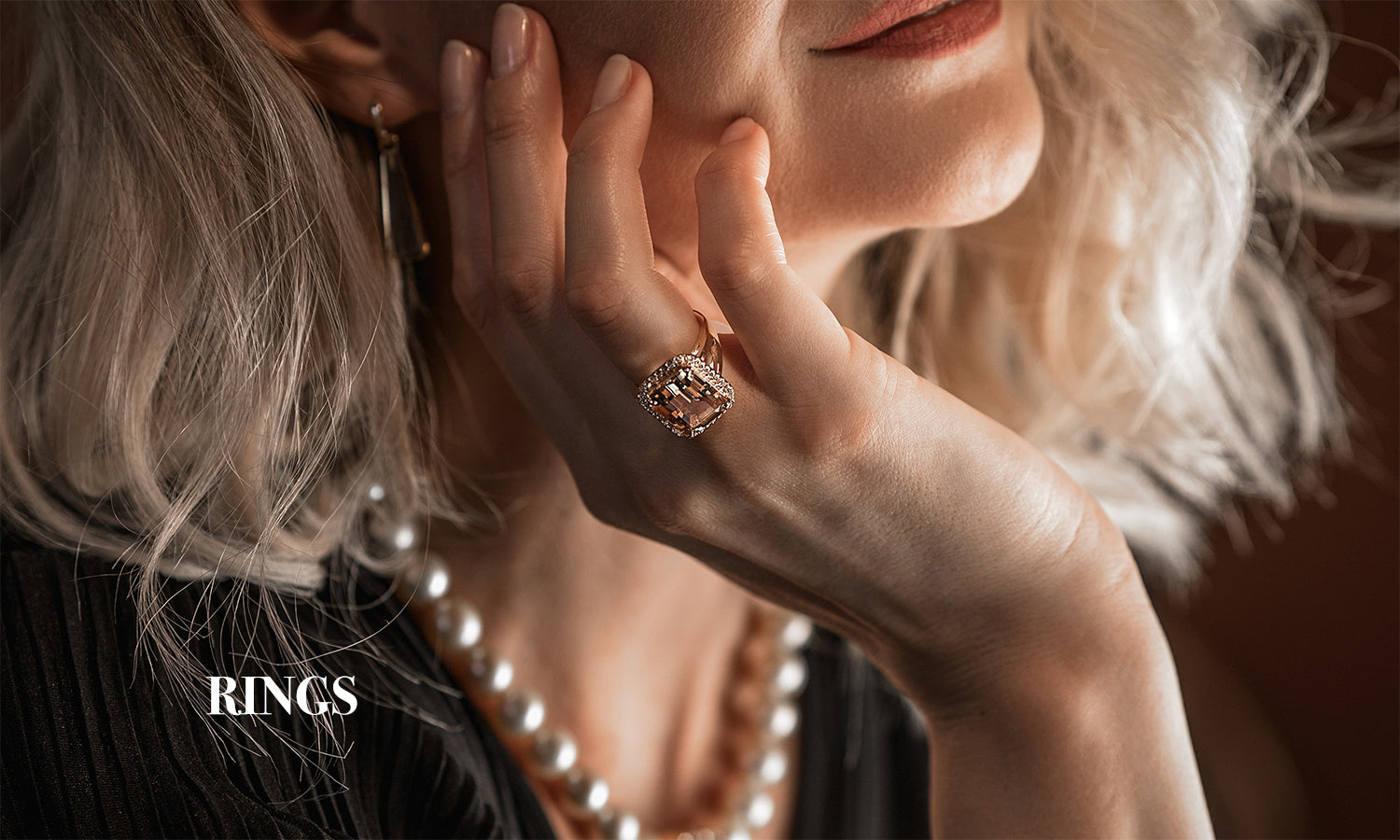Freshwater and saltwater pearls are two different types of pearls according to their origin. Today at Planderful, we will discuss in detail the differences between these two pearls, according to their appearance, price, and quality. Let's compare these two freshwater and saltwater pearls so that they are not confused with each other. Then, let's read in detail about saltwater vs freshwater pearls.

Source: https://www.nbcnews.com/id/wbna32420006
Different types of pearls
Pearls are one of the most valued gems since ancient times. Their luster, the magic of the creation process, and the myths behind them have made them become one of the most loved and appreciated jewels throughout the years. What many people do not know is that there are different types of pearls, each one with different characteristics and, above all, different prices.
| Parameter | Freshwater Pearls | Saltwater Pearls |
|---|---|---|
| Value | Cheaper | More expensive |
| Appearance | Not too shiny, variable shapes and sizes, more colors | Shiny, typically round, higher luster |
| Mother-of-Pearl Nacre Thickness | Thick layer of nacre | Thin layer of nacre |
| Origin | Lakes, ponds, and rivers | Seas and oceans |
| Shapes and Colors | Comes in different shapes, colors, and sizes | Mainly round shapes with cream color |
What are the differences between freshwater pearls and saltwater pearls?
The analogy between the biological process that occurs in saltwater mollusks and the one that occurs in freshwater mollusks is total, so the differences between both cultures are mainly due to the culture technique used and the mollusk species that generates the pearl. So the differences between different cultured pearls in salt water become more exaggerated than between some varieties of saltwater pearls compared with freshwater pearls.
Let's see next an explanation of saltwater vs freshwater pearls.
What are freshwater pearls?
Freshwater pearls are taken from mussels commonly found in rivers, ponds, and lakes. These pearls are coated with a thick layer of mother-of-pearl. That is why they are not so shiny.
Freshwater pearls do not have a specific shape and size like round shapes. They are mainly found in different shapes. Freshwater pearls are smaller and do not have high enough quality.
Now, by using advanced techniques, freshwater pearls can be extracted with higher quality pearls. Freshwater pearls are affordable and durable due to their thick nacre.
The most interesting thing we hear about pearls is that they have a strong connection to the moon.
What are saltwater pearls?
Saltwater pearls are commonly found in seas and oceans. Seawater pearls are considered the best quality pearls for jewelry. They have a beautiful round shape and luster.
Saltwater pearls grow rapidly organically rather than freshwater pearls. Saltwater pearls range in size from four to ten millimeters. Therefore, there are several varieties to choose from.
Saltwater pearls have a thin layer of mother-of-pearl, but they are 100% natural without even being dyed. Saltwater pearls are more expensive than freshwater pearls due to their high quality and scarcity. Saltwater pearls are in high demand.
The only reason for the cost of saltwater pearls is that freshwater mussels are more abundant than saltwater pearls, so its rarity increases its value. Saltwater pearls are a fabulous type of jewelry.
Saltwater pearls have a natural lustrous appearance. Saltwater pearls are more valuable among buyers because of their high-quality lustrous appearance.

Differences between saltwater and freshwater pearls
- Thickness of the nacre layer
The cultivation of saltwater pearls begins with a nucleus that is seeded in the oyster. The oysters, over time, secrete the nacre that covers this nucleus. The nacre layer of the Japanese Akoya generates a maximum of half a millimeter. The Tahitian pearl nacre layer oscillates between 2 and 3 millimeters. South Sea (Australian) pearls develop a thickness between 2 and 6 millimeters.
Only South Sea pearls have a nacre layer as wide as that of freshwater pearls. However, to obtain the same layer thickness of a freshwater pearl of 10 mm. diameter, the thickness of a South Seas pearl must be 18mm in diameter, having to invest a small fortune to obtain it, while for a fraction of that money, it is possible to acquire a freshwater pearl of superior quality of 10 mm.
Freshwater pearls are entirely mother-of-pearl, without a nucleus. The whole pearl is mother-of-pearl. Undoubtedly this is the most relevant sales argument for freshwater pearls.
- Colors
The colors of freshwater pearls have a special attraction since the range of natural colors is much more varied than saltwater pearls. By adding very small amounts of salts to the water in a freshwater pearl farm, the colors of freshwater pearls can be very different. Many of these colors are not found in saltwater pearls.
- Forms
Freshwater pearls can be found in almost any shape you can imagine: round, teardrop, rice, button, oval, semi-round, circle or ringed, Baroque, and semi-baroque.
South Sea pearls (Australian) and Tahitian pearls can be found in round and baroque shapes mainly, amorphous shapes are also used. Japanese Akoya pearls are only found in round shapes.
Due to its high demand, the round shape is generally the most expensive, although it will be the personal dictates that, according to the preferences of each client, will determine the most beautiful shape. The discovery by customers of new shapes and colors induces the acquisition of these new shapes that undoubtedly represent a trend to follow in the jewelry world.

Key points: saltwater vs. freshwater pearls
- Freshwater pearls are usually less expensive than saltwater pearls.
- Saltwater pearls are usually larger and have a higher luster than freshwater pearls.
- Freshwater pearls come in various shapes and colors than saltwater pearls.
- Freshwater pearls have a thick layer of mother-of-pearl that gives them a lustrous appearance. Freshwater pearl jewelry is more affordable than saltwater pearls.
- Saltwater pearls always have the best quality and a luxurious rounded shape.
- Saltwater pearls grow rapidly organically rather than freshwater pearls.
Comparison parameters: saltwater vs freshwater pearls
Freshwater pearls / Saltwater pearls
- Value: Freshwater pearls are cheaper/ Saltwater pearls are more expensive.
- Appearance: they are not too shiny/ they are shiny.
- Mother-of-pearl: Have a thick layer of nacre/ Have a thin nacre.
- Origin: Found in lakes, ponds, and rivers/ Found in seas and oceans.
- Shapes: Freshwater pearls come in different shapes, colors, and sizes/ Saltwater pearls only come in round shapes with the cream color.
If you liked this post about saltwater vs freshwater pearls, don't forget to visit Planderful's website.





